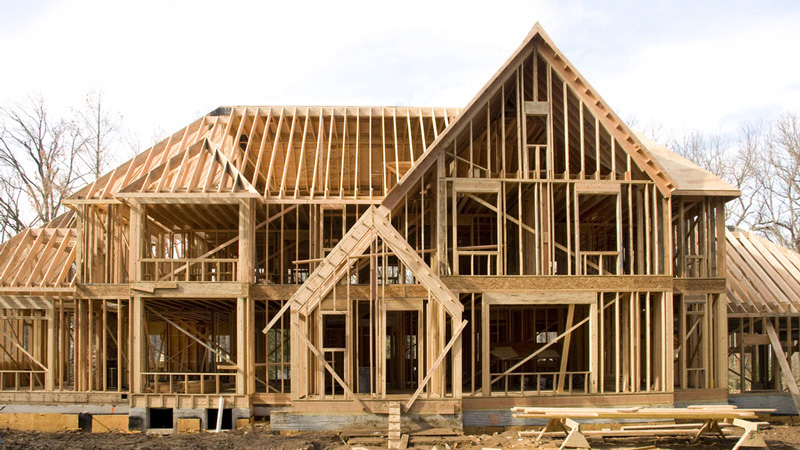
Many Westchester communities are experiencing an influx of residential development. However, a recent trend in Westchester County threatens to slow development growth. More and more municipalities are enacting moratoriums on certain types of residential development. Indeed, such moratoriums may prohibit an applicant from developing even a single family home. A land use moratorium is a temporary suspension of development to allow a local government to study specific land use problems and consider related zoning amendments. Moratoriums are based on the notion that current land use controls are not sufficient and must be amended.
In the past, New York residents have experienced moratoriums on a larger scale, i.e. temporary suspensions on drilling for natural resources or large commercial developments (casinos or resorts). While certain types of moratoriums may be justified, more recent moratoriums on traditional residential development are a cause for concern. Notwithstanding the negative economic impacts, residential moratoriums can be susceptible to legal attack.
Recent Moratoriums on Residential Development
In early 2015 the Village of Scarsdale issued a moratorium on certain development projects, including residential, to study lot coverage concerns. The moratorium and proposed amendments were aimed at limiting residential development to address the “McMansion” concern. To the Village’s credit, the Scarsdale Board of Trustees quickly realized that the moratorium was unfair to those who had already obtained approvals. Thus, Scarsdale amended their moratorium to exempt any project that had obtained approval from any Village agency prior to the moratorium’s effective date. Ultimately, the Village Board of Trustees (who faced tremendous opposition) denied the newly created lot coverage provisions and repealed the moratorium. (View more information on the previously enacted Scarsdale moratorium).
Similarly, the Town of Mamaroneck sought to address the growing concern of oversized homes by prohibiting residential development on, among other things, vacant lots. Due to our advocacy efforts, the Town Board agreed to exempt certain newly approved subdivisions from the moratorium, yet continued to enact the prohibition regardless. The Mamaroneck case study demonstrates that, while a municipality may seek to continue with the enaction of a moratorium, an applicant may be able to seek an exemption from the moratorium prior to it going into effect. (See Town of Mamaroneck Moratorium.)
Following suit, the Village of Larchmont enacted a moratorium applicable to all residential zoning districts that prohibits the Village from considering certain residential subdivision and demolition applications, including “pending” applications, unless specifically exempt from the moratorium. In reality, and due to certain exemptions from the moratorium, it appears that the Larchmont moratorium is not designed to address any zoning concerns, but purely tailored to block one pending demolition/subdivision application, which has already faced large amounts of community opposition. (See Village of Larchmont Moratorium.)
The trend is clear, Westchester communities are experiencing an increase in residential development and reacting quickly. Municipalities are turning to moratoriums in the face of vocal opposition to residential development. However, local governments must use discretion. Moratoriums on residential development can be overly board and therefore not tailored to a specific zoning concern. Such moratoriums seriously threaten community growth and may result in legal challenges.
Challenging a Moratorium
Cuddy & Feder has deployed various tactics to oppose moratoriums. For instance, in representing our clients, our Firm has advocated for exemptions, sought hardship variances, and facially challenged moratoriums. Each of these methods can be specifically tailored to achieve client goals and are designed to build an administrative record, which is necessary for any reviewing court.
Case law has focused on several factors to determine the validity of a moratorium, including the reasonableness of the moratorium’s length, whether the local government has acted promptly and in good faith to respond to a development problem, and whether the moratorium has a valid public purpose. Also, it has been held that certain moratoriums must be in response to a “dire necessity”, be reasonably calculated to alleviate or prevent a “crisis condition”, and a municipality must be presently taking steps to rectify the problem.
Conclusion
As moratoriums become more and more prevalent throughout Westchester County and the Hudson Valley region, it is important for developers to monitor local politics and participate where necessary to avoid being trapped by a local moratorium targeting new development. It is recommended that an Applicant develop a “record” as early as possible to establish that the moratorium is either improper, being unlawfully applied, and/or a hardship has been created to the point where an exemption is appropriate.
